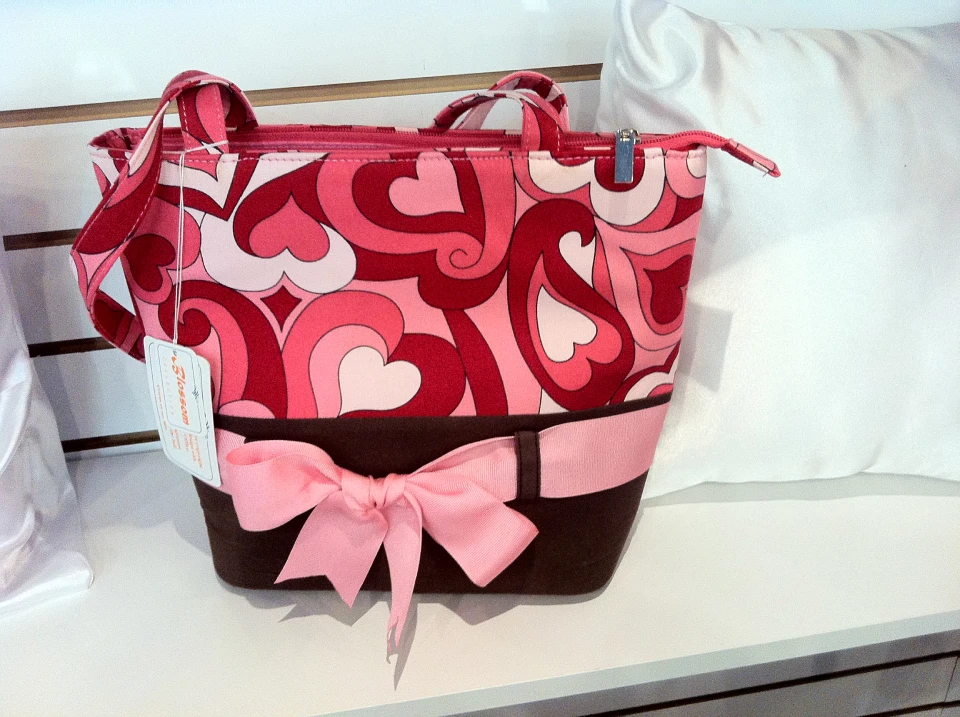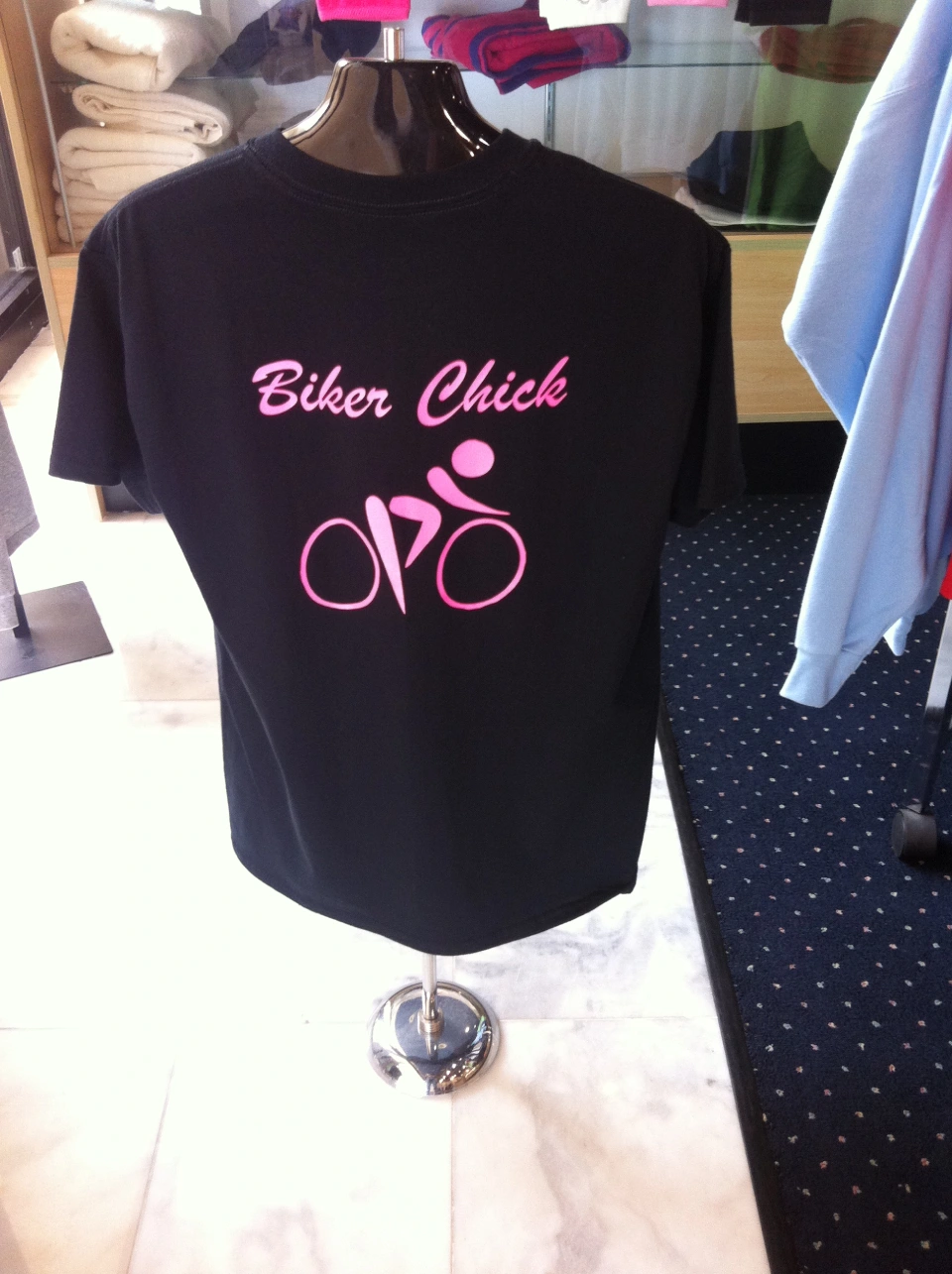The Art of Custom-made Embroidery: Unlocking the Secrets to Creating Special and Memorable Layouts
The tricks to developing personalized needlework layouts that mesmerize the eye and leave a long-term perception lie in a fragile balance of technique, imagination, and focus to detail. As we dive right into the globe of customized embroidery, we discover the nuanced interplay between string choice, stitch intricacy, and layout customization that elevates a plain garment to a work of art.
Picking the Right Needlework Threads
When selecting needlework strings, what vital aspects should you consider to make certain the finest outcomes for your custom-made designs? The choice of embroidery string is critical in identifying the final result of your embroidered layout.
In addition, the weight or density of the thread plays a substantial role in the look of the embroidery. Thicker strings can include dimension and structure to your style, while finer strings are ideal for intricate information and little text. Furthermore, taking into consideration the shade fastness and washability of the string is crucial to guarantee that your personalized designs preserve their quality and vibrancy with time. By carefully examining these variables and picking premium strings that fulfill your certain requirements, you can boost the visual appeal and durability of your stitched developments.
Exploring Different Stitch Methods
To dive right into the world of 'Exploring Various Stitch Techniques', one should comprehend the details and nuances that each stitching approach gives the art of needlework. Different stitch strategies not just add visual rate of interest but additionally add to the total texture and dimension of the design. One popular stitch strategy is the satin stitch, which involves closely packed parallel stitches to develop a smooth and glossy surface, suitable for completing forms and developing vibrant describes.
On the other hand, the backstitch is a versatile strategy typically utilized for describing and adding great information. It involves sewing in reverse to develop a strong line of embroidery. In addition, the French knot stitch adds a tactile element to layouts, best for producing textured accents like flower facilities or decorative touches.
Checking out various stitch methods allows embroiderers to play with light, darkness, and depth within their layouts, boosting the visual allure and creative high quality of their needlework tasks. By understanding various sewing methods, one can open endless possibilities for creating distinct and unforgettable why not find out more custom-made needlework pieces.
Incorporating Personalized Layout Aspects
Having explored the complexities of different stitch techniques such as the satin stitch, backstitch, and French knot, the emphasis currently moves in the direction of incorporating tailored layout components in custom-made embroidery projects. Individualized design components play an essential role in making embroidery tasks really one-of-a-kind and unforgettable.
An additional means to include individualized style components is by including signs or concepts that hold special definition to the recipient or mirror their rate of interests and personality. For example, incorporating a preferred flower, pet, or hobby-related icon can make the embroidery design more meaningful and personalized. Furthermore, picking shades that reverberate with the recipient or straighten with the desired motif can further enhance the personalization of the embroidery task.
Mastering the Art of Color Control

One key facet of shade coordination is comprehending shade theory. This consists of understanding just how different colors connect with each various other, the emotions they communicate, and exactly how they can be integrated to develop visually enticing layouts. By applying shade concept principles, embroiderers can create unified shade schemes that enhance the overall look of the design.
Furthermore, taking note of comparison is critical in shade control. Making use of contrasting shades can help specific components of the style pop, boost clarity, and create a visually dynamic embroidery item. By understanding the art of color coordination, embroiderers can raise their designs and produce unforgettable items that read here resonate with customers and audiences alike.
Enhancing Texture With Advanced Embroidery Stitches

Bullion knots, on the various other hand, can be made use of to create twisted, ropelike elements that add an elegant feeling to the needlework. Trying out with these innovative embroidery stitches enables you to press the borders of standard embroidery and create truly unique and aesthetically appealing appearances in your layouts.
Final Thought
Finally, the art of customized needlework entails a combination of selecting the best threads, discovering different stitch methods, integrating tailored layout components, grasping shade sychronisation, and enhancing appearance with sophisticated stitches. By comprehending and applying these crucial elements, embroiderers can develop distinct and unforgettable layouts that display their imagination and skill. Needlework lovers can open the tricks to creating attractive and bespoke pieces that stick out and leave a view lasting impact.